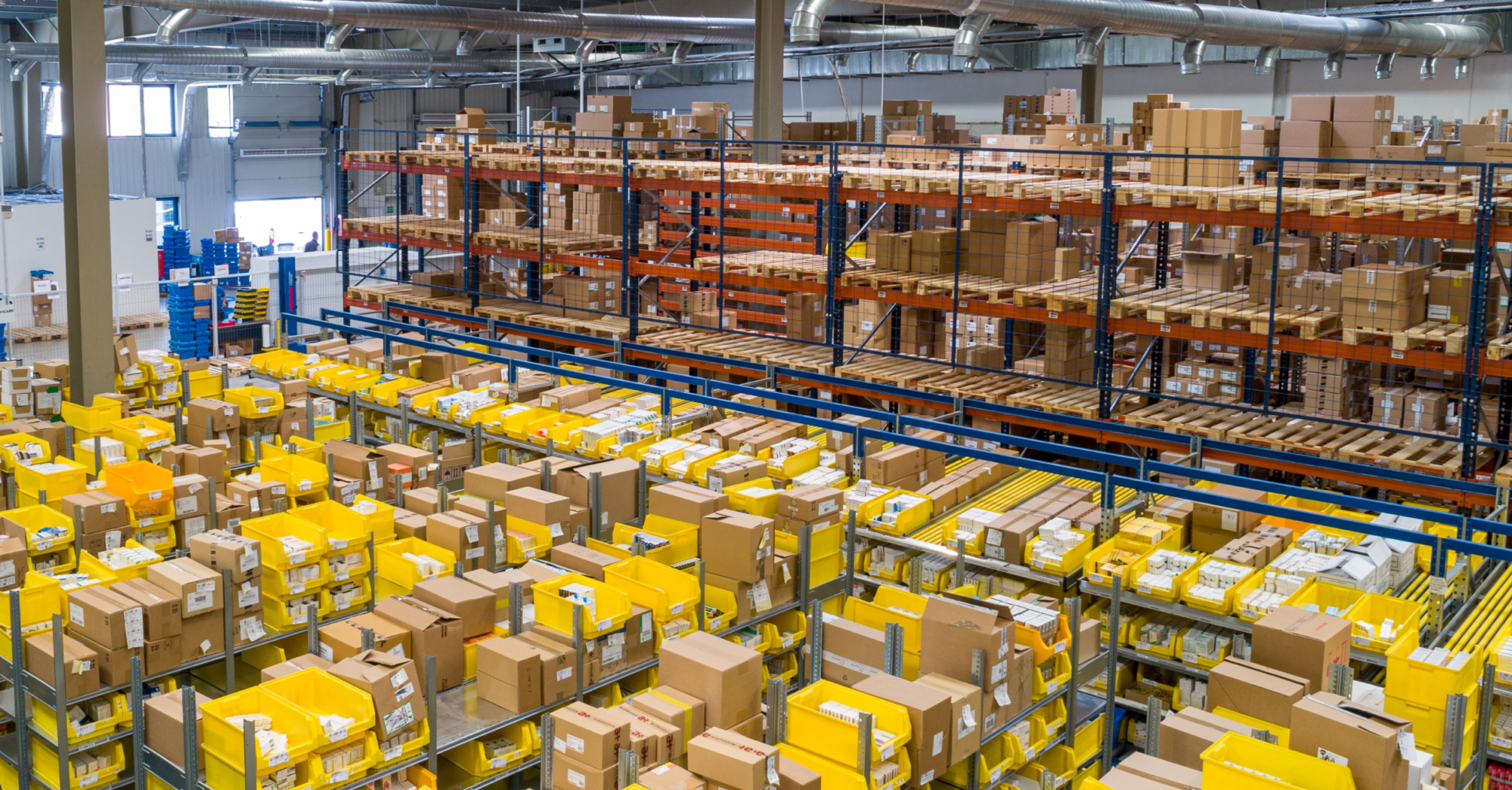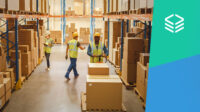
Sellers have been paying Amazon more per transaction for six years in a row, and it was recently reported that Amazon now takes a 50% cut of each sale from merchants in fees.
Contributing to this squeeze are a number of updates the company recently made to its Fulfillment by Amazon (FBA) offering. These changes include drastically increased removal fees, making it more expensive to move inventory out of Amazon warehouses, and the introduction of a new FBA auction program that gives merchants the opportunity to bid for additional fulfillment capacity.
Unpacking these updates, it becomes clear that the changes are actually counter to the needs of sellers, who should be able to count on their fulfillment partners for reliability and consistency that keeps business moving and forecasts on track.
Inventory Removal Fees Increase
Effective this month, any seller using FBA will have to pay nearly double what they paid last year to remove items that aren’t turning from Amazon fulfillment centers.
Last year the cost to remove a two pound, standard-sized item was $1.14. Today, it would cost $2.20 to remove or dispose of the same item – a 93% increase.
While these fees are purportedly meant to help sellers ensure that their inventory is kept fresh and up-to-date, effectively it means that any merchant using FBA will be subjected to significant price increases. This can be detrimental to a brand’s balance sheet, especially at a time when many sellers are contending with excess inventory leftover as a result of pandemic-era volatility.
FBA Capacity Auctioned to Highest Bidder
Amazon’s other major change is the introduction of a new “capacity management system” that effectively turns FBA into an auction. Beginning in March 2023, third-party sellers will be able to bid on extra capacity beyond set inventory limits, with space going to the highest bidder.
Amazon determines the maximum warehouse space a merchant can use based on a number of metrics, including sales performance, inventory on-hand and in-process, and available warehouse capacity. These variable limitations are confusing and can be restrictive, creating an artificial cap on the amount of product a merchant can sell and ultimately impacting revenue.
With its new model, Amazon will allow sellers to extend their allocated warehouse space by bidding for more. Sellers will be able to request how much additional capacity they want, and how much they’re willing to pay. Amazon will allocate extra capacity to sellers with the highest bid first. Because limits fluctuate, sellers will have to constantly monitor their allocation, inventory performance, and inbound shipments to ensure they have the capacity to maximize sales.
Auction models are typically solutions for supply and demand mismatch. In the case of the FBA auction, however, there is no inherent misalignment. Amazon itself is restricting supply by imposing inventory limits. Further, the bidding process introduces a lot of complexity to an already confounding system, and will likely lead to sellers losing even more margin to fees.
Reliability Drives Revenue
Unpredictable fee increases and second-price auctions introduce further volatility into already complicated business forecasts for merchants. Any seller who hopes to succeed needs reliability – not variability – from their fulfillment partner.
Just last week, the owner of a leading CPG brand shared with his professional network that he was frustrated by Amazon’s recent changes, because the added complexity and unpredictability of the situation posed a major threat to his margins – something the brand could not afford. Seeking the predictability necessary to develop accurate forecasts, he turned to Flowspace for its flexibility, reliability, and vast fulfillment network.
Merchants selling across Amazon and every ecommerce channel need consistent, reliable fulfillment partners to ensure their customers receive their orders on time, in full, with a seamless delivery experience that encourages them to return as repeat shoppers.
Find out why Flowspace is the Amazon integration and fulfillment partner you need to power your business to success. Get in touch today.






